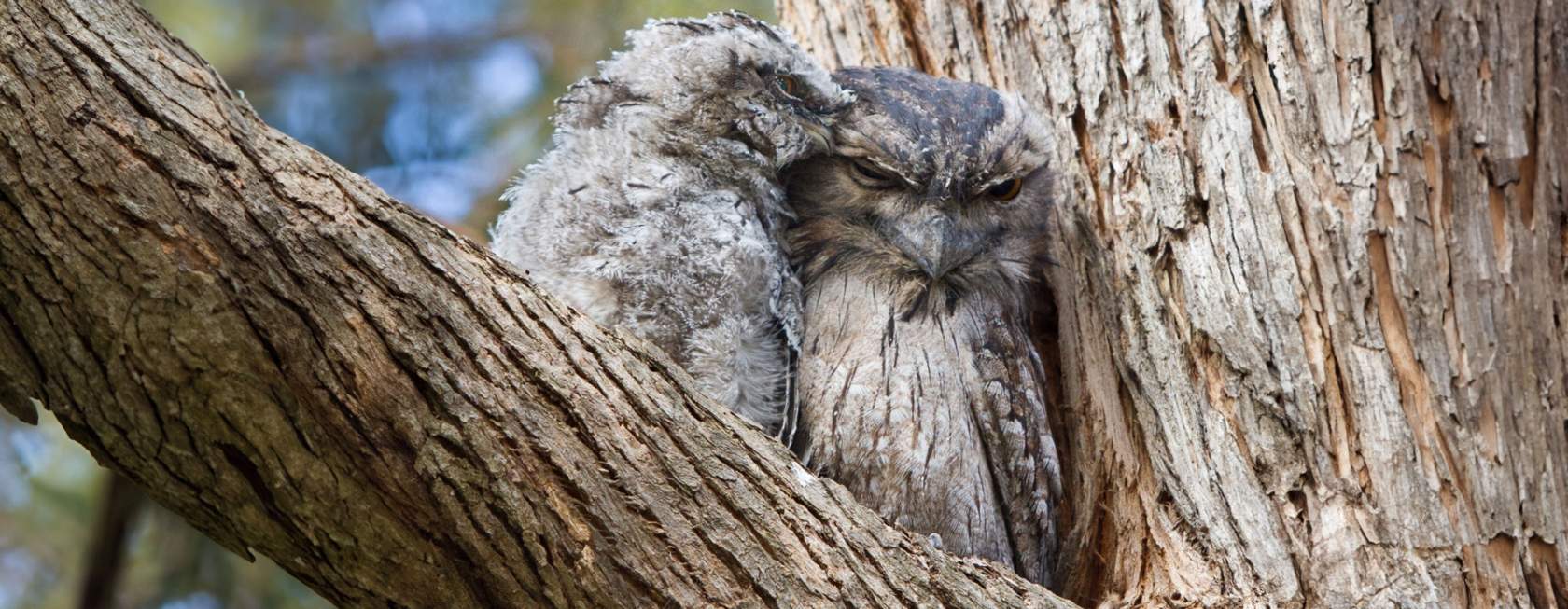
Often mistaken as a member of the owl family, the tawny frogmouth (Podargus strigoides) is in fact a member of the frogmouth family – a group of nocturnal birds named for their flattened hooked bills and large frog-like gape.
Appearance
Tawny frogmouths have silver, grey and brown feathers that make them incredibly apt at camouflage. They are a medium-sized bird with a large head and shortish tail feathers. They have bright yellow-orange eyes, and a yellow mouth used to attract insects.
Distribution and habitat
The tawny frogmouth is found throughout Australia in a variety of different habitats.
Diet
Tawny frogmouths are carnivorous predators subsisting on a diet of insects, spiders, worms, bugs, beetles and small mammals such as reptiles, mice and rats.
Behaviour
A nocturnal species that will sleep during the day, often camouflaged amongst tree branches. If you’re lucky, you’ll catch a glimpse of a tawny in the night sky as they conduct their nightly nocturnal hunt.
Breeding season
The tawny breeding season ranges from August through to December with the female laying two to three eggs each season.
Tawny frogmouths mate for life, and a breeding pair will return to the same area (sometimes even the same tree!) to nest. The pair will take turns incubating the eggs until they are ready to hatch.
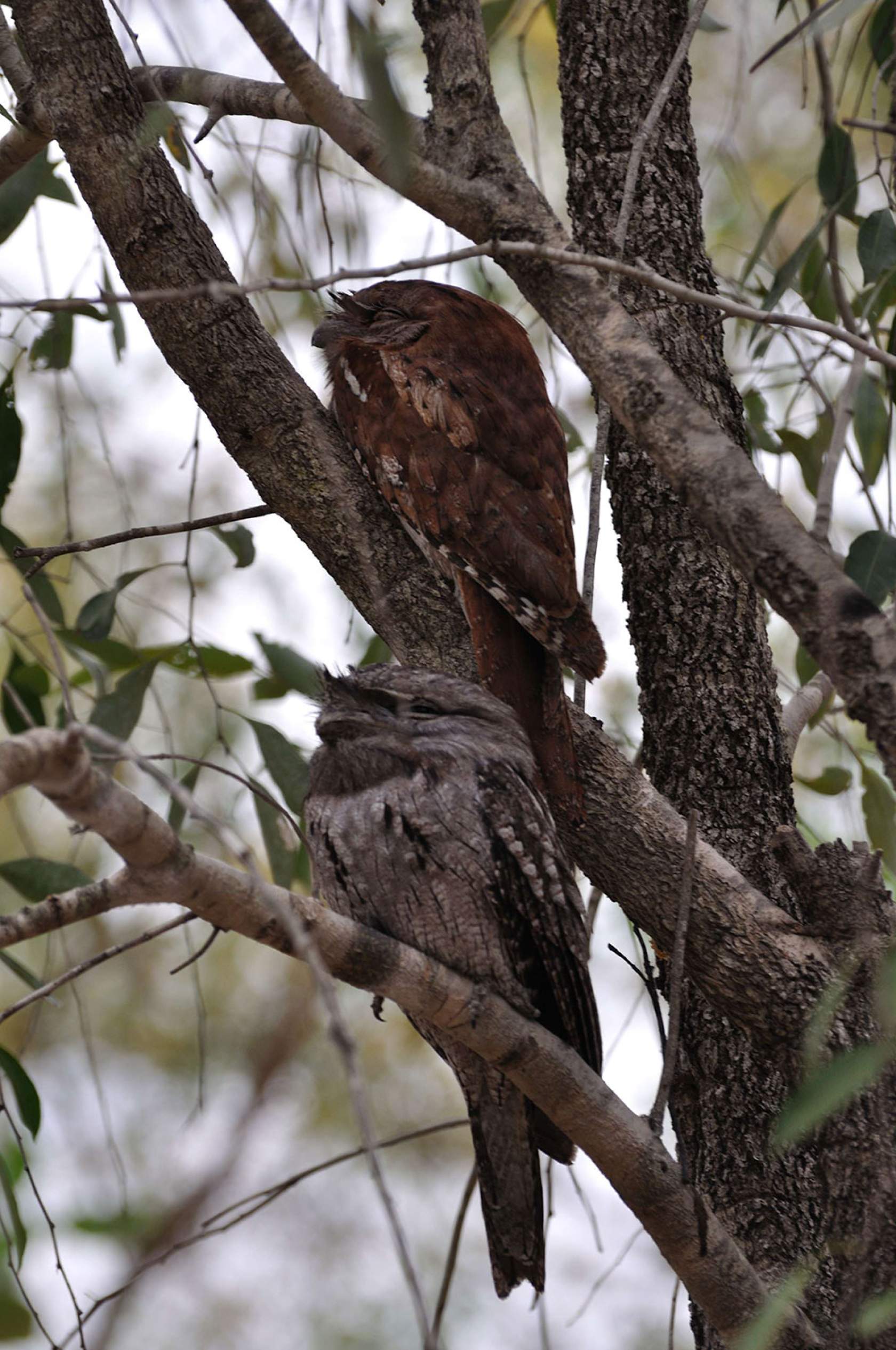
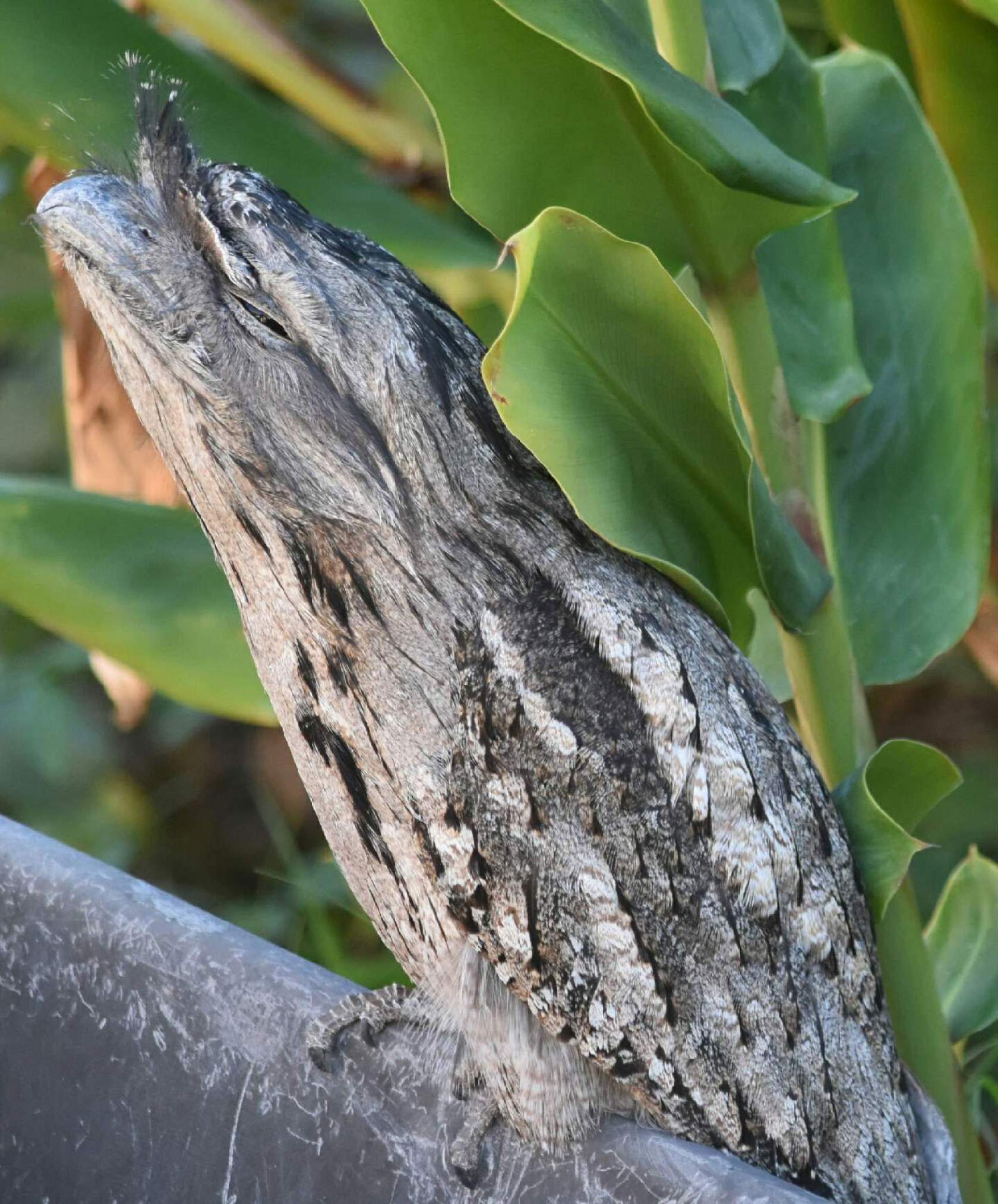
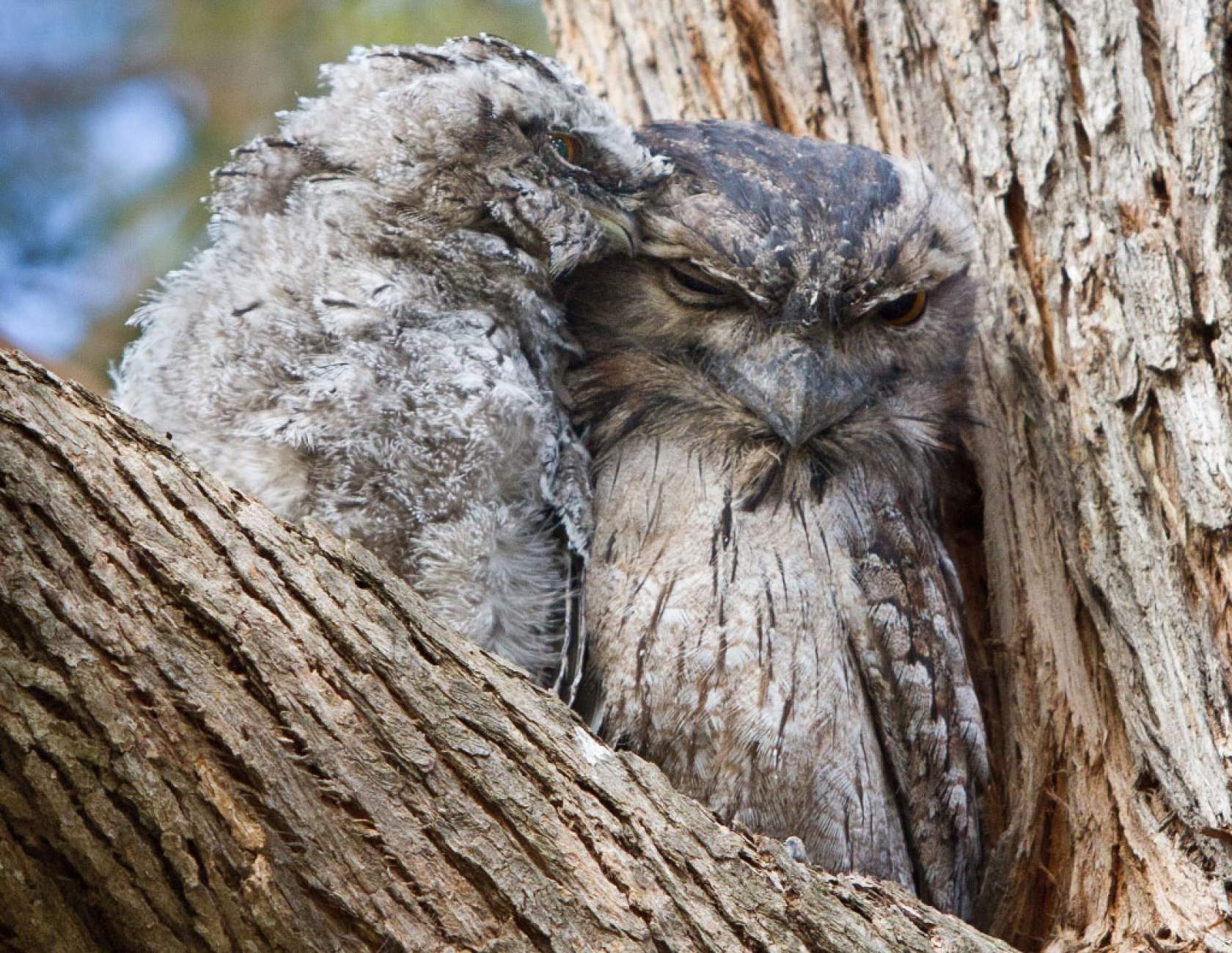
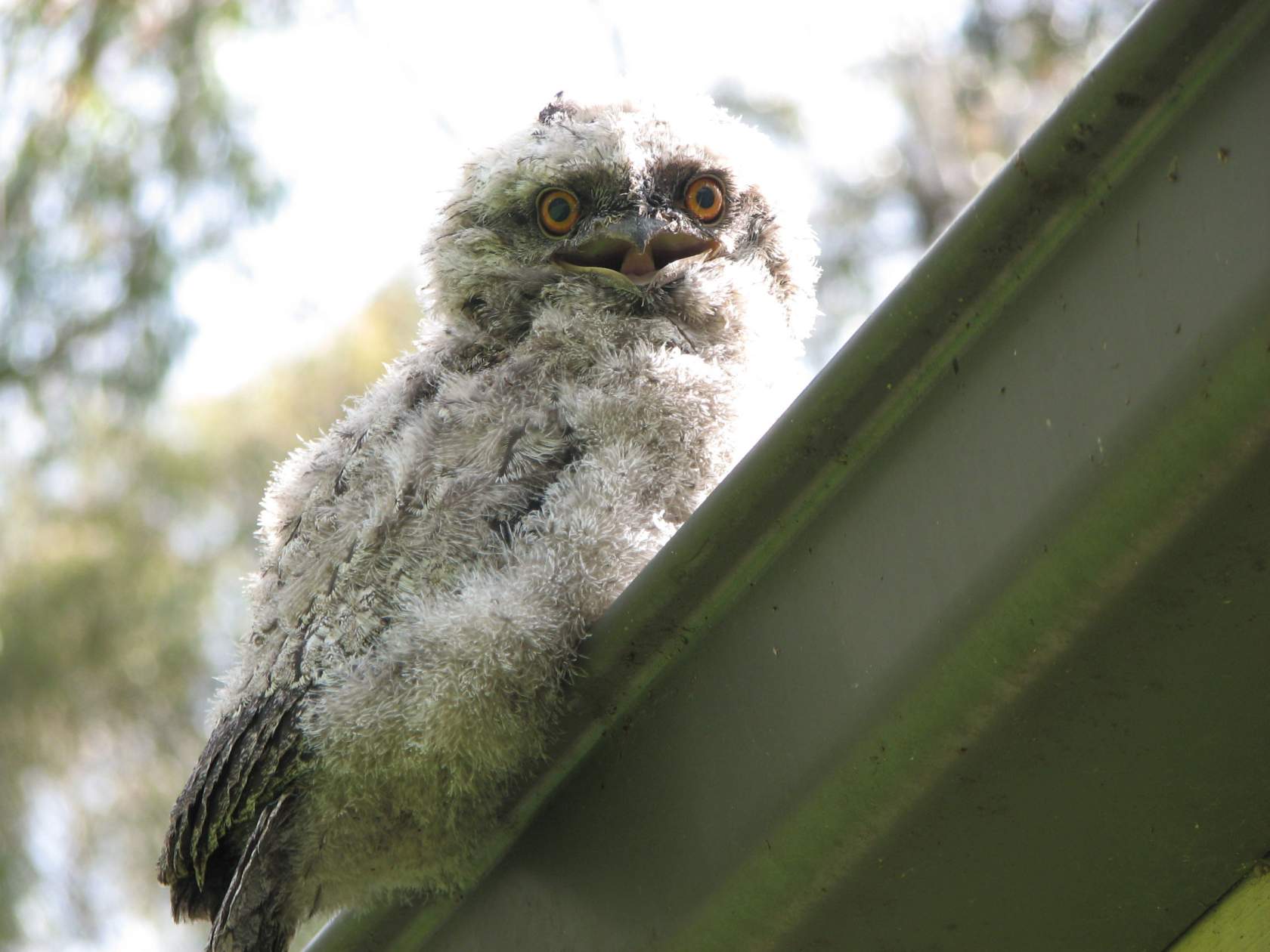
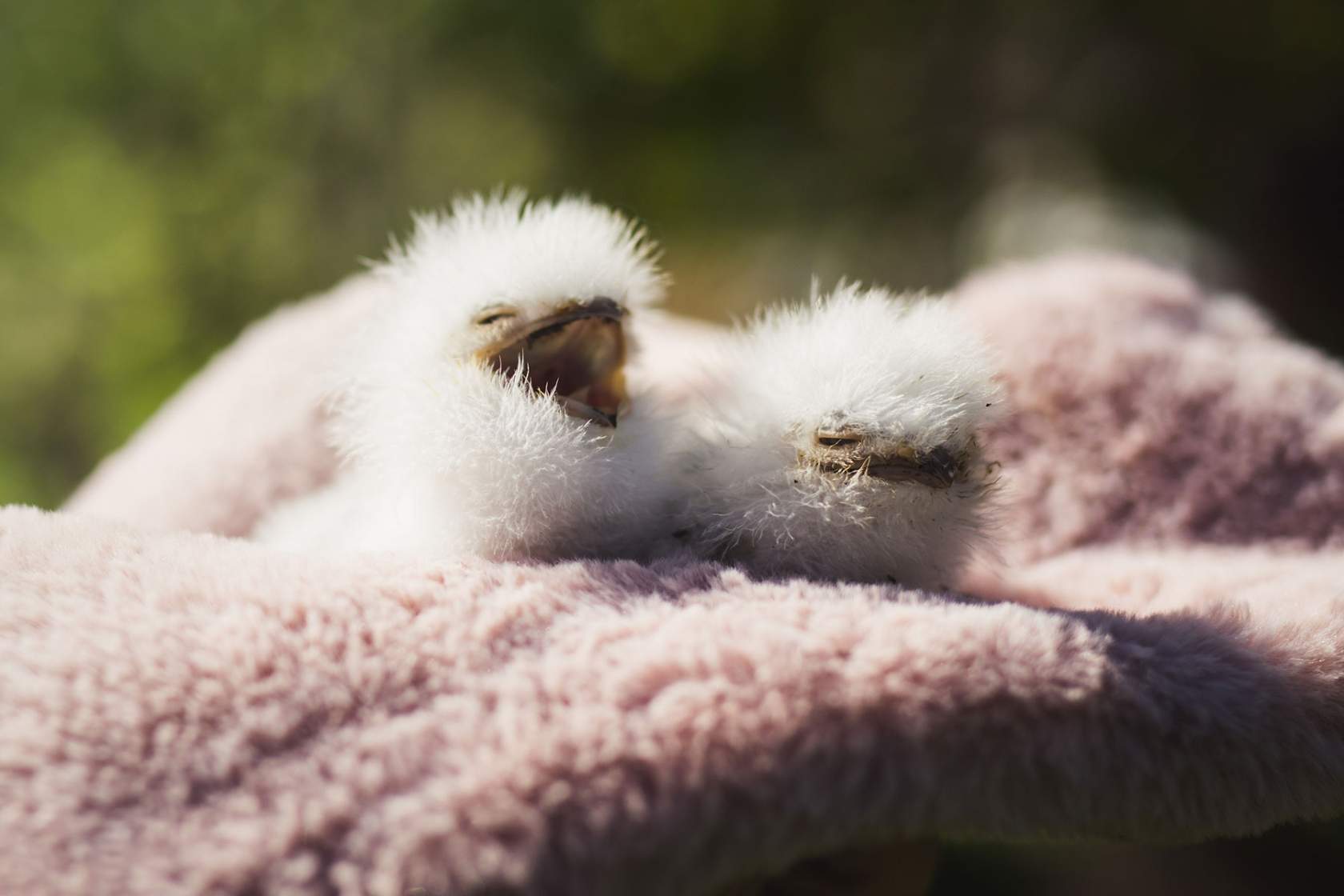
General fun facts
What can you do to help?
Rodenticides are poisons used in domestic, industrial and agricultural settings to eradicate animals such as mice and rats. Rodenticides are lethal to more than introduced rodents with the risk of secondary poisoning common for native species that feed on poisoned rodents including small ground-dwelling native species and our predator birds such as owls, eagles and tawny frogmouths. An affected tawny may appear weak or lethargic, may be on the ground and not moving. If you suspect secondary rodenticide poisoning, please call Wildlife Victoria’s Emergency Response Service on 03 8400 7300.
Fledgling is the developmental stage in which a young bird has left the nest and is starting to learn to fly. During this time, you may see young tawnies perching low to the ground and feel concerned for their wellbeing. While it’s always best to assess the situation, this is normal behaviour and if they are uninjured and their parents are watching over them, they most likely do not require intervention.
Like other bird species, tawny frogmouths are susceptible to high winds and extreme weather. Young tawnies are often reported to Wildlife Victoria having been blown out of nests. If the young tawny is uninjured and is being monitored by their parents, they should make their way back to the nest in their own time. To help them, you can create a makeshift nest using a bucket and foliage, secure it tightly to the tree, and place the tawny in the nest. Find instructions for making a makeshift nest here.
We hope that by increasing your understanding and awareness of our beautiful wildlife, you will feel empowered to manage wildlife situations confidently and in an informed, safe and appropriate manner. For support at any time, please call our 24/7 Emergency Response Service on (03) 8400 7300.
